Perhaps the broadest category of special needs, ‘SEMH’ refers to people who have social, emotional or mental health difficulties. It’s a label that can be applied to a huge range of challenges from serious illnesses such as:
- Schizophrenia
- Psychosis
- Chronic anxiety;
To life circumstances such as:
- Bereavement
- Divorce
Whatever their individual needs, a child with SEMH may have issues with behaviour and controlling their emotions.
Not surprisingly, teaching staff who support SEMH students need to adopt a sensitive and empathetic approach. Tutor Jo-Anne has been working in this field for many years and is the former head of a specialist school. She warns that professionals should guard against getting bogged down with written reports on what the child has done ‘wrong’ and focus instead on the youngster as whole person with likes and dislikes and their own learning-style.
Working With Emotions as Well as Educational Goals

“For a teacher, being able to ‘read’ the child sitting in front of you is the greatest asset,” she comments. “You need to understand their driving force – is it stress, for example? Low self-esteem? Are they being judged against their siblings? You’re not working on just the educational side but the emotional side, too, so you can help them become a fully-functioning member of society.”
Of course, SEMH-style problems such as low self-confidence and high anxiety can also be a by-product of other special needs such as autism or dyslexia. Jo-Anne points out that a few years ago, when psychological issues were known as ‘EBD’ – emotional and behavioural difficulties – many pupils given this label were considered ‘naughty’ and ‘disruptive’ due to undiagnosed ADHD.
Thankfully, she says, health professionals and educationalists are now much better at spotting this condition, meaning more children can access the right help.
Avoiding Possible Triggers

Where a child has a background of trauma, tutors need to be aware of any possible triggers, she cautions. “If a student has been deeply upset by the death of a grandparent, for example, you might want to tread carefully if you’re going to get them to read a story, say, where one of the main characters is a grandparent. It might upset them but then again, it might not. The only way to work it out is to gently drip-feed the information and see what reaction you get.”
Although teaching staff usually work alongside a team of health professionals who can advise on the best way of working with a student’s triggers, most tutors, she admits, will occasionally put their foot in it and mention a tricky subject by mistake. The only solution, she says, is to, “pause, breathe and learn from it”.
Children Behave Differently in Other Settings

Children’s behaviour can also vary according to the setting, Jo-Anne continues. “An example of this might be someone who plays the class clown at school. But when you work with them one-to-one, they don’t need to disrupt. They’ve just been fulfilling a role that was assigned to them.”
Whatever the young person’s struggles, the important thing, she says, is for tutors to be prepared to try unconventional ways to help them learn.
“Do they need to move around? Do they like background noise or silence? Do they need to tap a pen on the table? I had one student who liked to sit on the windowsill and look outside while he did maths.”
SEMH Students Challenging but Rewarding

Even though most teachers working with the SEMH cohort deal with a huge range of problems and stresses, it’s very rewarding work, Jo-Anne maintains. “One of my current students was in a care home and almost sectioned because of self-harm,” she explains. “I’ve been working with him for eight months and in that time, he’s stopped hurting himself and has been allowed to go back home. His parents say that I have made a difference to his life and that’s a great feeling. It’s more than just a job.”
But it’s essential, she concludes, for people who work with troubled students to take care of their own wellbeing to avoid burnout. “Some schools have a ‘buddy system’ where you can share your stresses with a sympathetic colleague,” she points out, “but if that’s not available, people need to find someone they can offload with. Don’t hold it all in. Teachers can witness some heartbreaking situations but you have to try and find the humour. You need to be able to laugh!”




